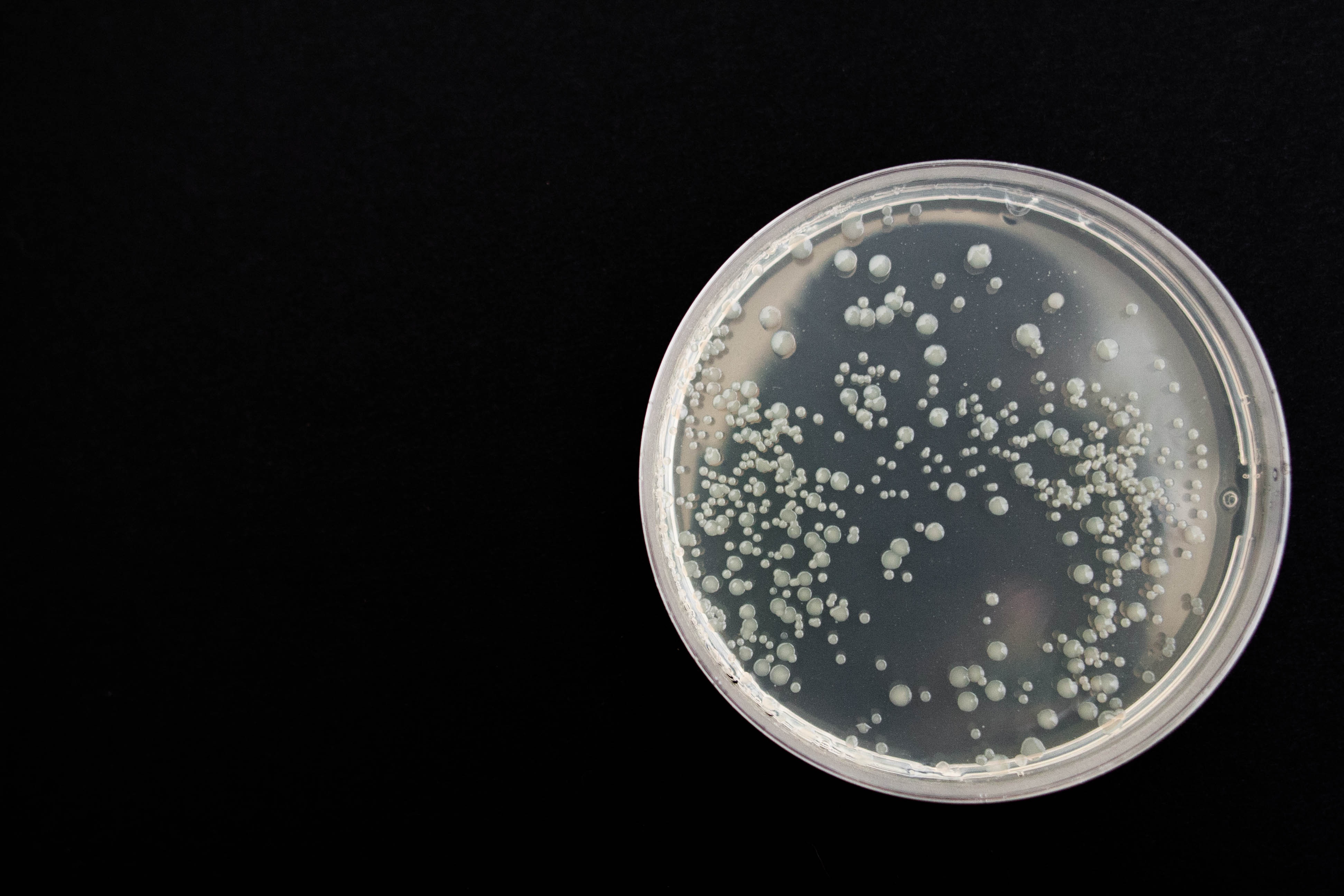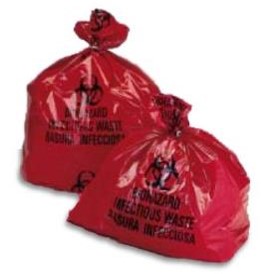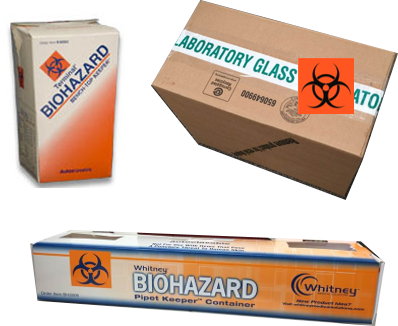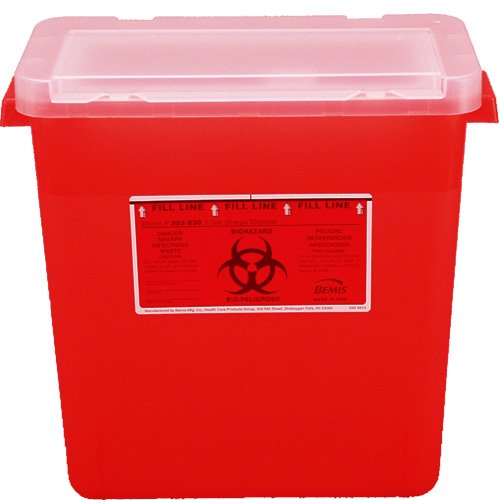What is biohazardous waste?
The following materials are defined as biohazardous or biomedical waste:
- Sharps waste
- Human and nonhuman primate blood, tissue, body fluids and cell lines
- Cultures or stocks of pathogenic agents, including bacteria, rickettsia, fungi, viruses, protozoa, parasites, prions and select agents
- Recombinant or synthetic nucleic acids (recDNA), including waste products from procedures involving plasmids, viral vectors, E.coli, yeasts and naked nucleic acids
- Laboratory waste items (i.e., used PPE, culture dishes, tubes) that have come into contact with a biohazard
- Animal waste, carcasses and body parts that have been exposed to recDNA or any biohazard
- Human pathological waste
- Plant waste, including all transgenic plants, seeds, spores, plant debris and soil materials, and any plants exposed to plant pathogens



